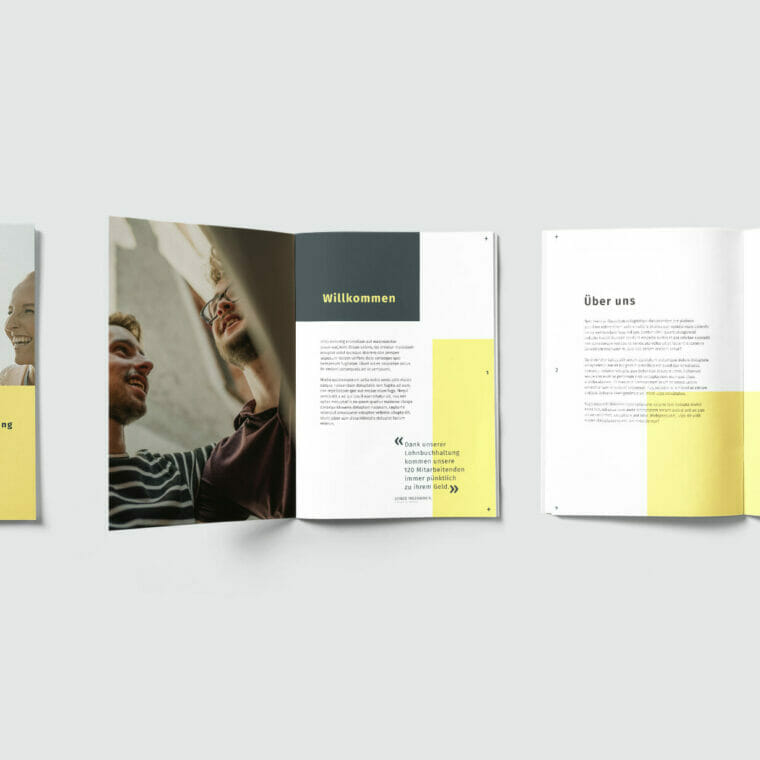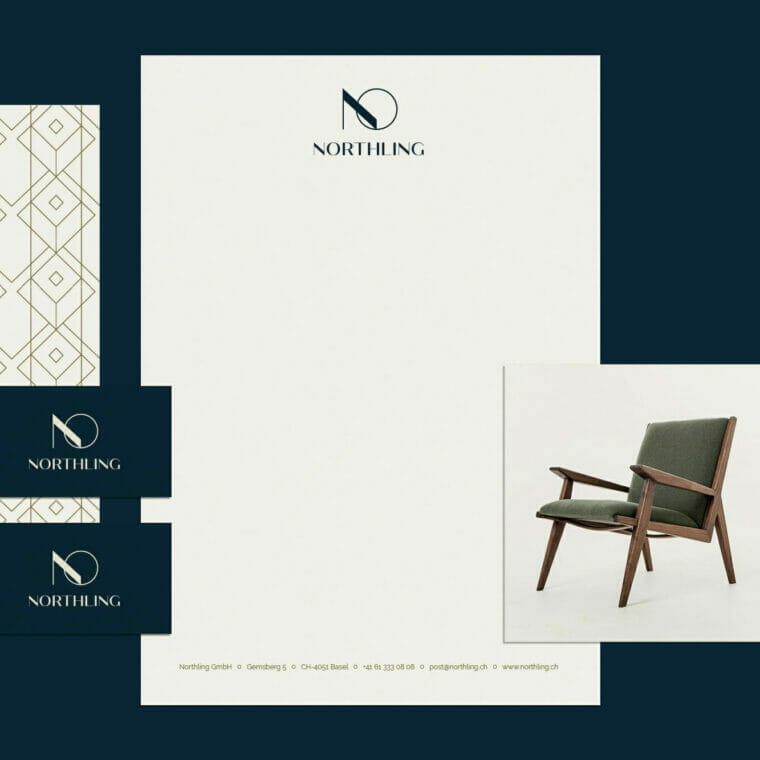Graphic design
Graphic design that the viewer can't help but get caught up in – that's the guiding principle for each of our projects. Starting with smaller print products such as business cards, stationery, flyers or brochures, we are also happy to tackle larger tasks – be it the design of an annual report, the layout of magazines and posters. There are no limits to your and our imagination!



Graphic design is a significant and versatile field that deals with the design of visual communication. Graphic designers use their creativity and expertise to convey messages, present information, and create a consistent look for brands and businesses.
What is graphic design?
Graphic design is the art of visual communication. It includes the design of logos, posters, brochures, packaging, websites, apps and other elements. Graphic designers combine typographic, photographic, and illustrative components to convey messages in creative and effective ways.
Why is graphic design important?
Graphic design is an essential part of visual communication: complex information can be conveyed more easily by presenting it in a clear and structured way. It can also help establish an emotional connection with the viewer and create a consistent look and feel for a brand or company.
An effectively designed logo or appealing packaging can help gain consumer trust and improve brand perception. A favorably designed website or app can help improve the user experience.
What makes good graphic design?
Good graphic design is characterized by a combination of aesthetics and functionality. It’s about developing visual concepts that are both appealing and sophisticated, but also communicate the message clearly and understandably. A beneficial graphic design should draw the viewer’s attention to the essentials and create an emotional connection without distracting from the actual content. Color and shape choices, fonts and layouts should be carefully coordinated to create a harmonious and balanced composition. In short, good graphic design is an art that combines aesthetics and functionality in an appealing and sophisticated way.
A graphic designer should have internalized design theory and principles. Key principles include balance/ratio, contrast, hierarchy, repetition, and space. By applying this, graphic designers ensure that their work is both aesthetically pleasing and functional.
Another significant aspect of graphic design is the consideration of the target audience. Analyzing their point of view, graphic designers understand what kind of visual communication is most effective. A poster for a music event, for example, usually conveys a different aesthetic than a brochure for a conference.
Graphic design areas
Graphic designers work in a variety of fields including advertising, marketing, publishing, web design, film and television. You will work closely with customers to understand their wants and needs. They use their creative skills to develop a visual solution that is both aesthetically pleasing and functional.
Below we list some of the most common graphic design uses:
- Brand identity/corporate design: creation or revision of a brand identity with the aim of creating a consistent visual presence for a company
- Advertising: conception and design of advertisements for print or online publications to promote a product or service.
- Packaging design: design of packaging for products such as food, beverages, cosmetic products and electronic devices.
- Web design: structure and design of websites, apps and user interfaces for software, specifically called UX(user experience) and UI(user interface) design.
Book Design/Editorial Design: Layout and design of books and magazines, including cover design, layout and typography.